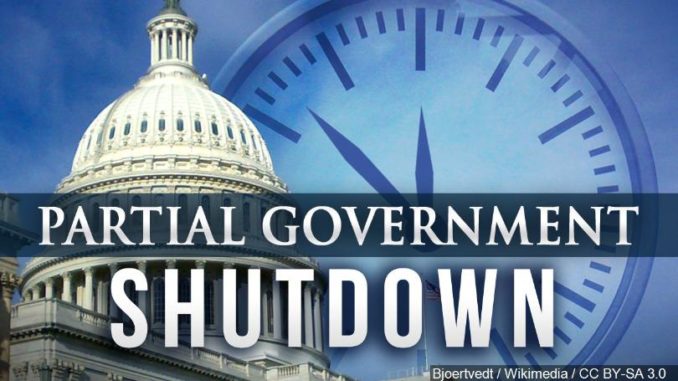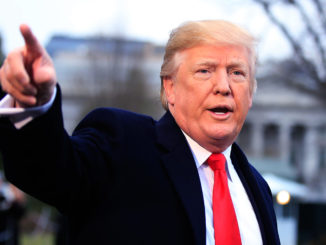
Abel Rodriguez and Joseline Cano
Staff Writer & Feature Editor
During the 2016 presidential campaign, then presidential candidate Donald Trump ran on a campaign that promised the rise of a border wall meant to decrease the flow of drugs and undocumented immigrants into the United States.
Upon taking office, discussions about the wall and funding began taking place, however, it was not until 2018 that he became adamant about the construction of the wall along the southern border.
According to President Trump and multiple other legislators the wall would decrease the amount illegal drugs that are transported from Mexico into the United States.
After having failed to make a compromise about the wall funding, President Trump shut down the government on Dec. 22, 2018, urging congress to approve the money in order to re-open. During the shutdown both Democrat and Republican legislators created plans to end the prolonged shutdown but failed to agree and vote on one plan causing the longest government shutdown in US history.
On Jan. 19 President Trump pitched his idea to end the shutdown. He proposed extending protections for DACA and TPS recipients in exchange for $5.7 billion to construct the wall. His proposal came under a lot of scrutiny, mainly from democratic lawmakers and media. They berated the proposal and claimed that Trump was holding DACA recipients hostage so he could get his resolve.
Some legislators also claimed that the protections were not enough. “Temporary amnesty is not a good enough deal,” said First of Family member Alejandra Anguiano, the proposal “doesn’t offer undocumented people an actual fix to their status.”
Also hidden within Trump’s border proposal was legislation that could make it harder for large groups to apply for asylum in the United States.
On Jan. 24 the senate voted on two bills that would reopen the government, one republican backed that included the $5.7 billion for construction of the wall and one democrat backed bill that did not include funding for the wall. Both bills failed to meet the 60-vote minimum to pass keeping the government closed.
On Jan. 25, President Trump signed a bill that would reopen the government until Feb. 15. This bill would pay over 800,000 federal workers who have worked without pay for 35 days. This bill does not include funding for the border wall.
rodrabel@my.dom.edu
canojose@my.dom.edu



